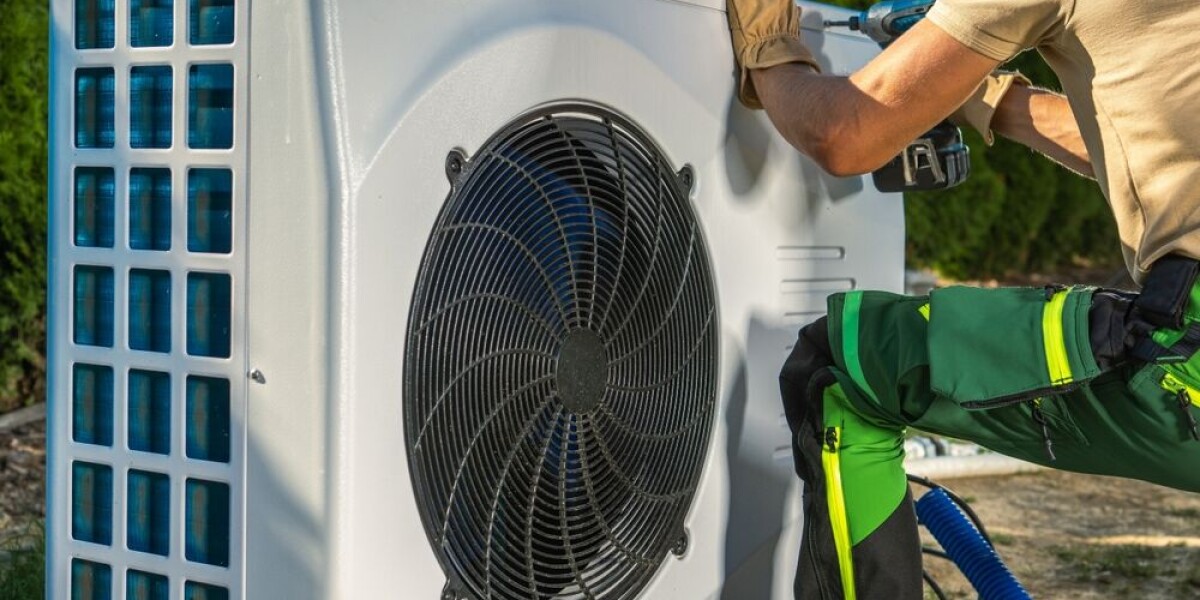
- Select a language for the TTS:
- UK English Female
- UK English Male
- US English Female
- US English Male
- Australian Female
- Australian Male
- Language selected: (auto detect) - EN
Play all audios:
Bring your own goggles, pool toys and snorkel masks. Ditto for sunscreen, hats and coolers. It's best to keep your belongings close and not share them with friends and fellow swimmers
during the pandemic. "One can sort of say, ‘Well, it's been in chlorinated water.’ But I would just make sure that we get into the habit of what's mine is mine,” Lushniak
says. “The whole issue of sharing things should become passé in the near future, at least.” INQUIRE ABOUT POOL RULES If your pool is opening this summer, don't be afraid to ask
questions to determine whether it's safe to go. A good one, Bearman says, is to inquire about crowd-control plans. How many people will be allowed into the pool at a time? Who will be
in charge of overseeing and enforcing the new rules? Will hand sanitizer be available in areas throughout the facility? Lushniak says it may be important to know whether staff, including
pool operators and lifeguards, will be required to wear masks when on duty. “You may want to ask about the cleaning and disinfection of the pool area” and whether there will be a modified
layout to ensure people remain 6 feet apart, he suggests. Then make sure your pool's plans are actually put into practice. If you're interested in recommended best practices for
pools, the CDC has a list of considerations to help these facilities prevent the spread of the coronavirus. OLDER? EXERCISE EXTRA CAUTION BEFORE DIVING IN Older people and those with
underlying health conditions are at higher risk of getting severely ill from COVID-19 than younger, healthier adults. That's why, Lushniak says, this summer they “need to be even more
wary” in social settings. Try to minimize how often you're out in public, Bearman says, especially if coronavirus cases are spiking in your area. (The federal government recommends that
high-risk populations continue to shelter in place during the first two reopening phases.) “And if you choose to go, still try to take some commonsense approaches.” For example, avoid the
times of day when the pool is more likely to be crowded. Wash your hands often, wear a face mask, “and definitely respect social distancing as much as possible, even in the water,” Bearman
recommends. "There's really no one single way to mitigate the risk of COVID-19. It takes a collaborative community effort — a multipronged approach, which includes social
distancing and isolation and hygiene and wearing a mask,” he adds.










